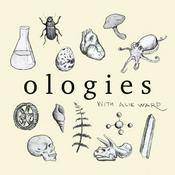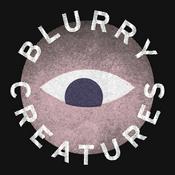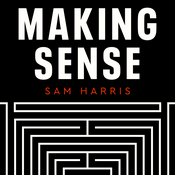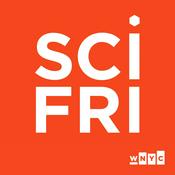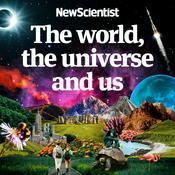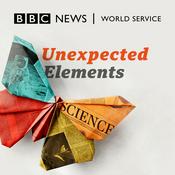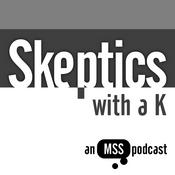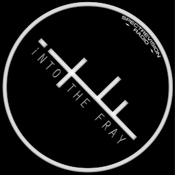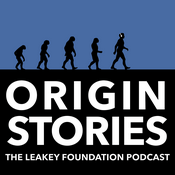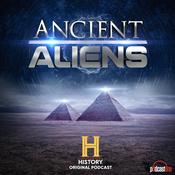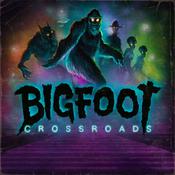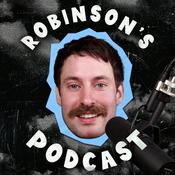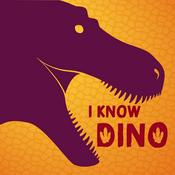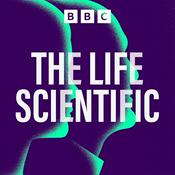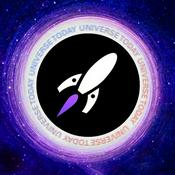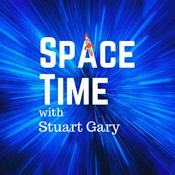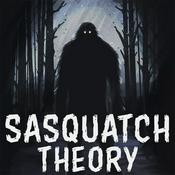823 episodes

What is Quantum?
1/05/2026 | 26 mins.
Quantum theory – our best understanding of the world at the smallest level – is famously weird and notoriously confusing. It’s a theory that seems to say particles can be in two places at once, or somehow “know” if you’re looking at them. Or at least, that’s what you might have heard. But is that really what quantum theory tells us about reality?To find out, presenter Marnie Chesterton travels to the birthplace of quantum theory: the remote, windswept island of Helgoland. Here, a century ago, a young scientist called Werner Heisenberg made a leap of understanding that laid the foundations of quantum mechanics, and changed the world.To mark a century of quantum, leading physicists from across the globe have gathered on Helgoland for a conference, and Marnie joins them with an unconventional plan. She’s allowed to ask them JUST ONE QUESTION, in the hope it can get to the heart of what this strange and difficult subject is really about: “What IS quantum?”Presenter: Marnie Chesterton Producer: Anand Jagatia Editor: Martin Smith Production Co-ordinator: Jazz George

The Life Scientific: George Church
12/29/2025 | 26 mins.
"My ideas are often labelled as impossible, or useless, or both. Usually when people say that I'm on the right track." George Church is a geneticist, molecular engineer, and one of the pioneers of modern genomics. He's also someone who makes a habit of finding solutions to the seemingly impossible. Over the course of his career so far, George developed the first method for direct genomic sequencing, helped initiate the Human Genome Project, and founded the Personal Genome Project: making huge quantities of DNA data publicly available for research. Today, as a professor at Harvard Medical School and MIT, he’s working on some of the most headline-grabbing - and controversial - science on the planet: from the so-called "de-extinction" of woolly mammoths, to growing transplant-suitable organs in pigs, to virus-proofing humans. When inspiration strikes, there seems to be little that will slow him down - even the fact that he has narcolepsy, the neurological disorder that causes sudden sleep attacks. In fact, as George tells Professor Jim Al-Khalili, some of his best ideas come in those moments between waking and sleep...

The Life Scientific: Gareth Collett
12/22/2025 | 26 mins.
Movies might have us believe that bomb disposal comes down to cutting the right wire. In fact, explosive devices are complex and varied - and learning how to dispose of them safely involves intense training, as well as the ability to stay calm under pressure. This was the world of Dr Gareth Collett, a retired British Army Brigadier General and engineer, specialising in bomb disposal; whose 32-year military career took him around the world, including heading up major ordnance clearance projects in Iraq and Afghanistan. After retiring from the army, Gareth became a university lecturer – but following his diagnosis with bladder cancer, started researching a possible link between bomb disposal veterans and higher rates of urological cancers. In conversation with Professor Jim Al-Khalili, Gareth discusses this ongoing research, dealing with PTSD - and why he just can't watch Oscar-winning movie The Hurt Locker...

The Life Scientific: Sonia Gandhi
12/15/2025 | 26 mins.
Many people will be familiar with Parkinson’s disease: the progressive brain disorder that causes symptoms including tremors and slower movement, leading on to serious cognitive problems. You might not know that it’s the fastest-growing neurological condition in the world. Today it affects around 11.8 million people and that’s forecast to double by 2030. Dr Sonia Gandhi is one of the scientists working to change that trend. As Professor of Neurology at University College London and Assistant Research Director at the Francis Crick Institute, her work involves using stem cells to build models of the human brain, helping to drive the development of drugs and other therapies for Parkinson’s patients. Talking to Professor Jim Al-Khalili, Sonia explains why this destructive condition is on the rise - and the promising routes they're studying to find new ways to tackle it.

The Life Scientific: Mark O'Shea
12/08/2025 | 26 mins.
How do you feel about snakes? What about highly venomous ones?For Mark O’Shea, close encounters with the world’s most rare and deadly snakes are not only his profession, but his passion. Mark is a Professor of Herpetology - the area of zoology focusing on reptiles and amphibians - at the University of Wolverhampton.After dropping out of college in his teens, Mark's life could have taken a very different direction; but prompted by a fascination with reptiles that started with a childhood trip to the zoo, he's gone on to have a career spanning research, international expeditions and broadcasting. He's also worked with international medical teams, studying deadly species and helping to generate antidotes for some of the world’s deadliest venoms.In conversation with Professor Jim Al-Khalili, Mark reveals the challenges around generating antivenom for countries that need it, the pros and cons of keeping snakes as pets, and what you need to know if you ever get bitten...Presented by Jim Al-Khalili Produced by Lucy Taylor
More Science podcasts
Trending Science podcasts
About Discovery
Listen to Discovery, Ologies with Alie Ward and many other podcasts from around the world with the radio.net app

Get the free radio.net app
- Stations and podcasts to bookmark
- Stream via Wi-Fi or Bluetooth
- Supports Carplay & Android Auto
- Many other app features
Get the free radio.net app
- Stations and podcasts to bookmark
- Stream via Wi-Fi or Bluetooth
- Supports Carplay & Android Auto
- Many other app features


Discovery
download the app,
start listening.
